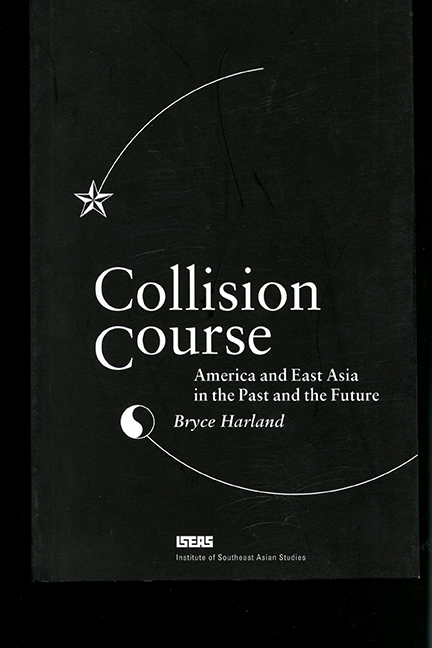Book contents
- Frontmatter
- Dedication
- Contents
- PREFACE
- INTRODUCTION
- CHAPTER 1 The West Strikes Asia
- CHAPTER 2 America Asserts Itself
- CHAPTER 3 Turmoil in China Leads to War in the Pacific
- CHAPTER 4 Cold War Sets In
- CHAPTER 5 War in Korea Deepens Confrontation
- CHAPTER 6 Vietnam – Failure, and Success
- CHAPTER 7 The Anti-Soviet Coalition
- CHAPTER 8 Japan Challenges America Again
- CHAPTER 9 Smaller Dragons Join In
- CHAPTER 10 China against a Wall
- CHAPTER 11 The Asian Diaspora
- CHAPTER 12 Regionalism in Asia
- CHAPTER 13 Whither America?
- Postscript: The Eye of the Viewer
- Bibliography
- Index
- The Author
CHAPTER 11 - The Asian Diaspora
Published online by Cambridge University Press: 21 October 2015
- Frontmatter
- Dedication
- Contents
- PREFACE
- INTRODUCTION
- CHAPTER 1 The West Strikes Asia
- CHAPTER 2 America Asserts Itself
- CHAPTER 3 Turmoil in China Leads to War in the Pacific
- CHAPTER 4 Cold War Sets In
- CHAPTER 5 War in Korea Deepens Confrontation
- CHAPTER 6 Vietnam – Failure, and Success
- CHAPTER 7 The Anti-Soviet Coalition
- CHAPTER 8 Japan Challenges America Again
- CHAPTER 9 Smaller Dragons Join In
- CHAPTER 10 China against a Wall
- CHAPTER 11 The Asian Diaspora
- CHAPTER 12 Regionalism in Asia
- CHAPTER 13 Whither America?
- Postscript: The Eye of the Viewer
- Bibliography
- Index
- The Author
Summary
The treatment of Asians in the United States has been discussed a good deal, but not much in the context of America's relations with the countries they came from. When it is, the point that is often made is that relations with the home country have influenced attitudes towards Asian immigrants in America. It is not always acknowledged that the converse is also true — reactions to Asians in the United States have influenced American views of the countries they came from. That is not surprising: until recently, most Americans have had direct contact with Asia mainly through Asians living in the United States. The latest example of the influence of such contacts was the American reaction to the Tiananmen incident; but that is only the most recent in a history that goes back to the middle of the 19th century. And that in turn is part of the history of Asian migration, which goes back much further.
East Asia has long been a source of migration. The Americas were originally peopled from there, as was the South Pacific. The Chinese Empire was opposed to emigration: why should people who lived in the most civilised part of the world want to leave? But official disapproval did not always prevent Chinese from going overseas. As early as the 1st century BC, trade with Southeast Asia was leading to the establishment of Chinese communities in that area. They thrived on the positive attitude taken by the Tang and Sung dynasties towards contacts with the outside world, and suffered from the Ming reaction against foreign influence. Cheng Ho's naval expeditions early in the Ming period may have helped them, but they soon lost whatever they had gained in protection and prestige. When the Ming Emperor stopped the expeditions, he also forbade Chinese to go overseas without licences. Peking was still willing to receive tribute from rulers enlightened enough to offer it, and to respond generously in kind; but the Emperor did not usually accept responsibility for those who entered into this tributary relationship.
- Type
- Chapter
- Information
- Collision CourseAmerica and East Asia in the Past and the Future, pp. 167 - 181Publisher: ISEAS–Yusof Ishak InstitutePrint publication year: 1986

